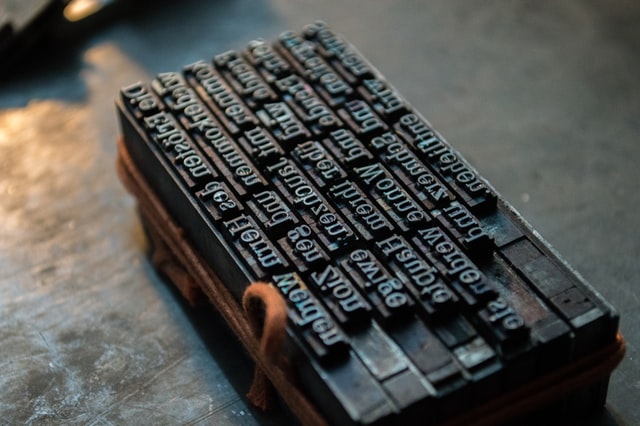THE BEGINNING OF THE PRINTING TRADITION IN ZLÍN REGION
THE HISTORY OF OUR PRINTING HOUSE GRASPO CZ
1918_Tomáš Baťa starts publishing the weekly publication called 'Sdělení zřízenectvu firmy T.&A. Baťa'. At the time, company newspapers are not published by any company in Czech lands and probably not even in Central Europe.
The newspaper gets a new apt name – Zlín. It becomes a three weekly classical newspaper format with circulation of 130,000 copies.
1938_Baťa’s printing house produces thousands of copies of newspapers and magazines of various names, also for foreign countries. There are 21 permanent editors under the leadership of the legendary Josef Vaňhara in production.
1930s_Beginning of 'Lidové závody tiskařské a nakladatelské Olomouc' (later 'Moravské tiskařské závody').
1962_Grafie Zlín, a branch plant of the national enterprise Grafie Brno, is established. The Zlín plant is situated on these premises: The 51st building of the Svit company
1970_Consolidation of Grafie, or its plant in Zlín, is transferred under the control of 'Moravské tiskařské závody' based in Olomouc.
1975_Construction of a modern printing house in Louky is completed, and three plants are moved here.
1980s_'Moravské tiskařské závody Zlín' employs up to 600 employees. The Zlín plant also includes five other premises. The plant's managers are now located in the GRASPO CZ building.
Since its foundation, the Zlín printing house was created as a modern plant focused on the printing of demanding colour materials. Baťa’s tradition of 'packaging sells', backed up by the best graphic designers and artists, gave rise to challenging reproduction, lithography and photoengraving, including printing. This tradition is still being developed by GRASPO today.
Modernisation of production finishing and bookbinding, replacement of technologies, top-class preparation and graphics, are modern features of the company. Constantly developing management methods in terms of environmental protection, human resources and compliance with international quality standards allow GRASPO to print and process its production for virtually the whole of Europe.

